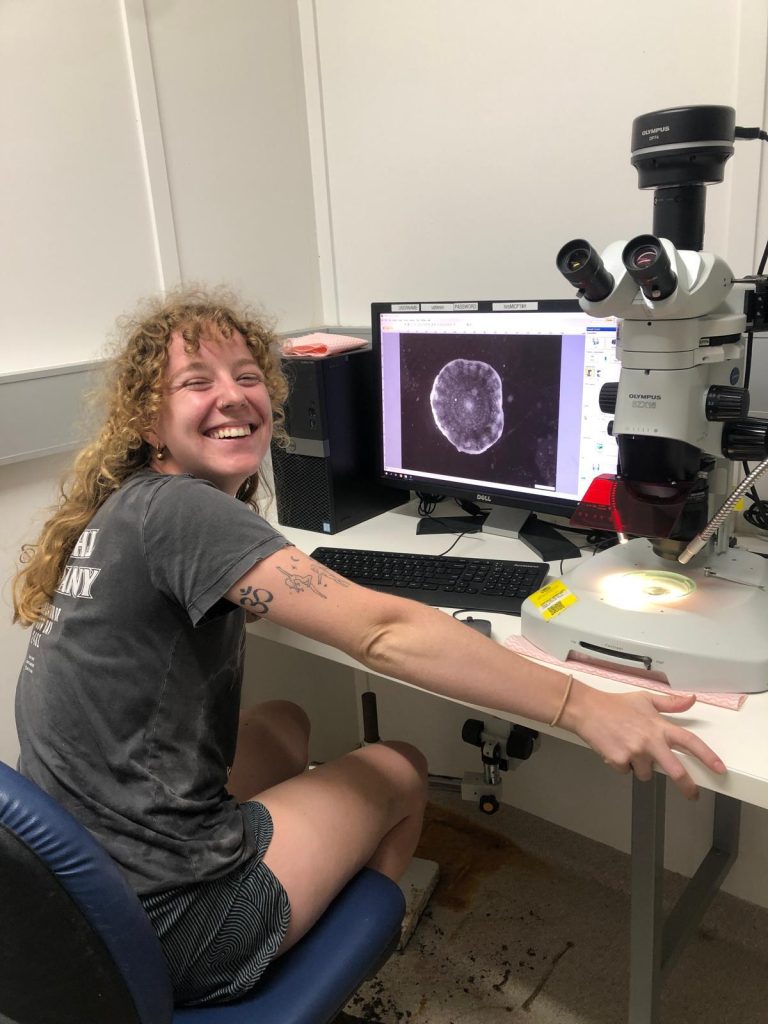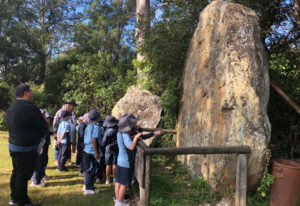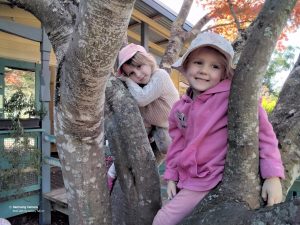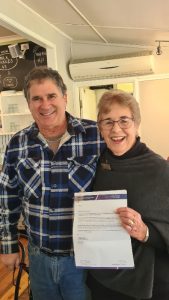Breathing easier, for people and the planet
There’s uplifting news for Australians living with asthma or chronic lung conditions, including right here in Kangaroo Valley, where we value clean, fresh air. A new type of puffer has just been approved in the UK that not only helps people breathe better, but also helps protect the environment.
For years, many puffers have used gases (like hydrofluoroalkanes [HFAs], such as HFA-134a and HFA-227e) that, while safe for people, contribute to climate change. This new generation of devices uses a much gentler, friendlier propellant (HFA-152a), one that delivers the same medicine but with almost no impact on the atmosphere.
As a researcher at the Woolcock Institute and Macquarie University, I see this as a major step forward. Australia is likely to follow, bringing us closer to a future where respiratory care does not come at the planet’s expense. It’s a wonderful example of how science can help both people and the environment breathe a little easier.
Prof. Daniela (Dany) Triani
<box 2>
The unsung gems of the reef
Like many who spent their childhoods in Kangaroo Valley, I have a strong sense of care for our planet’s fauna and flora. It has driven me to pursue a career in Environmental and Marine Research – specifically the study of coral reef ecology. Coral reef ecosystems are among the most complex and biodiverse networks across our planet and sustain one-quarter of all marine wildlife. The Great Barrier Reef alone supports more than 1600 species of fish, 1400 of the world’s coral species, and six of the world’s seven species of marine sea turtles.
One organism, though, gets too little attention for its key role in the food web and marine environment – they are called foraminifera (or forams, for short). These single-celled, hard-shelled organisms make up 3.0 to 4.2 per cent of annual global calcium carbonate sediment accretion: they make sand. There are more than 7000 species of forams recognised across all depths of the ocean and some deep-sea species can even grow up to 10 cm in diameter.
So why do we know so little about them?
The research I am conducting in my PhD observes the complex relationship that these cool tiny organisms have within their preferred macroalgal habitat (they live with algae). What advantages might different species of algae offer as habitat? Is it simply structure (a nice safe house) or is there more to the story?
I will also be exploring forams’ response to future ocean conditions. This means exposing them to higher temperatures and lower pH levels in ocean water through experiments at the Heron Island Research Station, then bringing samples back to University of Technology Sydney (UTS) to study in the Petrou Lab.
Understanding more about these resilient organisms, and how they will respond to future ocean conditions, may just aid in determining how other calcifying species such as corals or macroalgae will fare or adapt alongside our changing climate. They may be small, but they have the potential to pack a big punch.
Lily Stirling
Winter warmers
Concept: Jasmin Mawson
Page editor: Selena Hanet-Hutchins
Submissions: If you have some good news, send it to: selenahh@gmail.com




